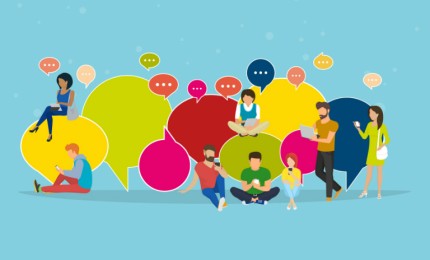_background_none.jpg?v=824246)

curious.
Jakob: Celebrating Progress
Introduction
Hi everyone! My name is Jakob and I'm a Junior Consultant based in the Berlin office. With the start of Pride Month, the Pride flag is now more visible than at any time of the year. The rainbow flag has long been a symbol of unity and celebration within the LGBTQ+ community, representing diversity, acceptance, and the ongoing struggle for equality. However, in recent years, a new flag has emerged alongside the original rainbow design – the Progress Pride flag. As a passionate DE&I advocate outside and inside of Roland Berger, I am happy to share what the Pride Progress flag is and why it has become such an important symbol for the LGBTQ+ community.
_image_caption_none.jpg?v=819597)
The (Progress) Pride flag
The original Pride flag, designed by Gilbert Baker in 1978, consisted of eight vibrant colors: pink, red, orange, yellow, green, turquoise, blue, and violet. Each color held a significance, representing the themes of sexuality, life, healing, sunlight, nature, magic, serenity, and spirit. Over time, the flag has become a universally recognized symbol of the LGBTQ+ community, a powerful emblem of visibility, and a testament to the long-fought battle for equal rights and acceptance. In 2018, artist and activist Daniel Quasar designed the Progress Pride flag, aiming to address the need for inclusivity and recognize the diverse experiences within the LGBTQ+ community. The Progress Pride flag builds upon the original design by incorporating five additional colors and stripes, expanding the representation and acknowledging marginalized groups.
The flag's additional elements are:
- Black and brown stripes: These colors symbolize Black and Brown LGBTQ+ individuals, recognizing their unique struggles and experiences within the community. It aims to combat racism, acknowledge intersectionality, and advocate for equality for all members.
- Light blue, pink, and white stripes: These colors represent transgender and non-binary individuals, emphasizing their visibility and highlighting the ongoing fight for transgender rights. The inclusion of these stripes highlights the importance of recognizing and supporting the transgender community within the broader LGBTQ+ movement. At Roland Berger, we have also recently published our own trans*identity guide for our teams globally.
_image_caption_none.jpg?v=819598)
Why it is important to showcase the Progress Pride flag
The Progress Pride flag marks an important next step in the queer movement by addressing the fact that there are marginalized groups within the LGBTQ+ community. The Progress Pride flag simply strives to create a more inclusive representation of the entire community. The powerful symbol of visibility and representation allows people from diverse backgrounds and identities to see themselves reflected in the LGBTQ+ movement and aims to challenge stereotypes, combat discrimination, and foster a sense of belonging.
Intersectionality is thus at the heart of it: recognizing that people's experiences of being LGBTQ+ can intersect with their race, ethnicity, gender identity, disability, and other aspects of their identities. By incorporating additional colors and elements, the flag represents the complex and diverse nature of the community, promoting a more nuanced understanding of LGBTQ+ experiences.
Lastly, the name "Progress Pride" signifies that there is still work to be done in advancing LGBTQ+ rights and social acceptance. The flag serves as a reminder that progress is an ongoing process and that there are always new challenges to overcome. At the same time, it is a symbol of celebration, joy, and pride, allowing LGBTQ+ individuals and allies to express their identities and experiences in a positive and empowering way.
Conclusion
To sum up, the Progress Pride flag makes a simple yet powerful statement: LGBTQ+ experiences differ greatly within the community because there are several parts of our identity at play.
Representing transgender and non-binary individuals as well as LGBTQ+ people of color gives visibility to particularly marginalized groups in our society and within the LGBTQ+ community. It also serves as a reminder that the queer movement is a "progress" in which achievements can easily be taken away again, as can be observed in several countries around the world these days.


_tile_teaser_h260.jpg?v=818853)

